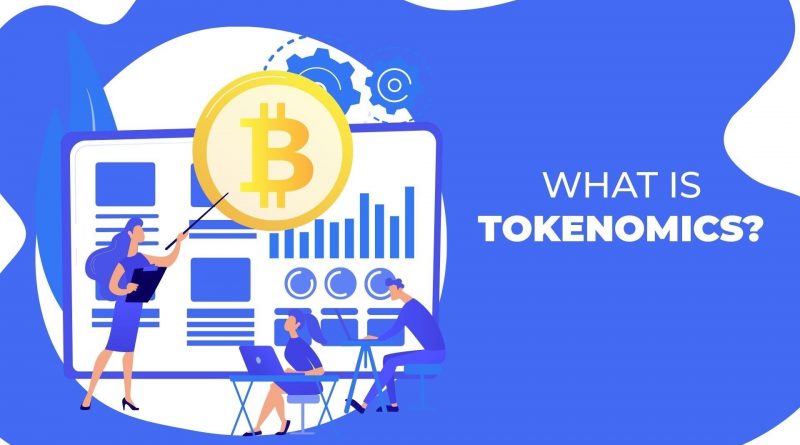Tokenomics: Does our economy work on the blockchain?
Real estate, artworks and shares – all potential assets can also be represented as fungible or non-fungible tokens (NFT). This allows them to be stored on the blockchain, traded and thus become a digital asset. A token economy would strongly challenge traditional markets: decentralized structures of the blockchain could be favored, central institutions would lose authority. What could such a digital token economy look like?
DeFi – Decentralized Finance – has been entering the world of finance for a while. DeFi projects such as the cryptocurrency exchanges make it possible to trade digital assets on the blockchain (find out amp price). Assets such as Bitcoin or Ether but also non-fungible tokens (NFT) are traded there without the need for central institutions such as banks as intermediaries. The same applies to protocols such as Maker, Aave, or Curve, on which traders can lend or have their assets secured against interest. The systems function decentrally and often without institutions that control the process from the background.
Hardliners among crypto experts therefore agree that DeFi will eventually replace our traditional financial and banking system. However, for this to be possible at all, the blockchain world would have to be much more interlinked with our “real” world. This is made possible, for example, by bringing all assets – i.e. company shares and securities of any kind, but also commodities, real estate as well as luxury goods such as art, jewelry or cars and other assets – to the blockchain. Asset tokenization is called this process.
Asset tokens or digital assets are digital representatives of real existing (material or virtual) assets. They can be equipped with various functions. For example, there are governance tokens that, among other things, grant voting rights in certain decentralized autonomous organizations (DAOs) or security tokens, i.e. tokenized investments. In principle, anyone can buy asset tokens. At the same time, anyone who has access to the necessary software can also issue their own asset tokens.
How do asset tokens work?
In contrast to their analog equivalents, digitized assets can be managed, used and traded largely automatically via the blockchain without traditional institutions such as banks or exchanges. You can see the spell token price here. This makes transactions more cost-effective, faster and also less dependent on authorities – and thus more decentralized and transparent. This allows all users to understand at any time who carried out which transaction. This is made possible by blockchain technology and on the blockchain. “Smart Contracts” operating in the network also ensure the automated processing of transactions. Middlemen become superfluous.
Simply put, asset tokens are a piece of code in which the central characteristics of the asset as well as the rights and possibilities associated with its possession are registered. The tokens are managed and traded on the blockchain using smart contracts – i.e. computer protocols that automatically carry out the transactions associated with the respective token. Depending on the function that the token is supposed to fulfill, the programming method differs. Different functions are based on different token standards. ERC 20, for example, is the token standard for fungible tokens such as the cryptocurrency Ether, while ERC 721 is often used as a token standard for NFT.
In order for the nationwide tokenization of assets to become a real regulated option, the token economy must be able to map the entire life cycle normally passed by securities for any form of asset token – from the issuance to marketing and trading to the exercise of voting rights or the disbursement of dividends.
